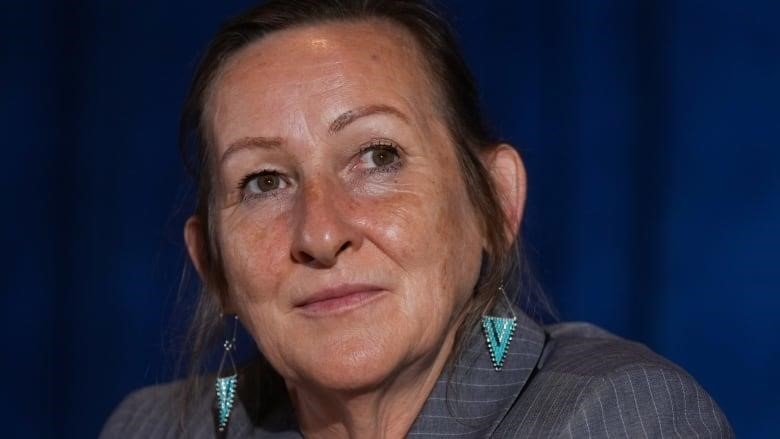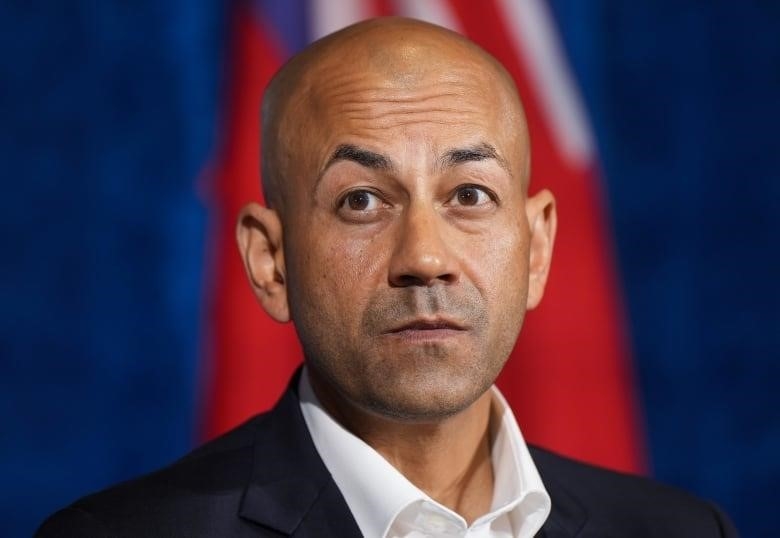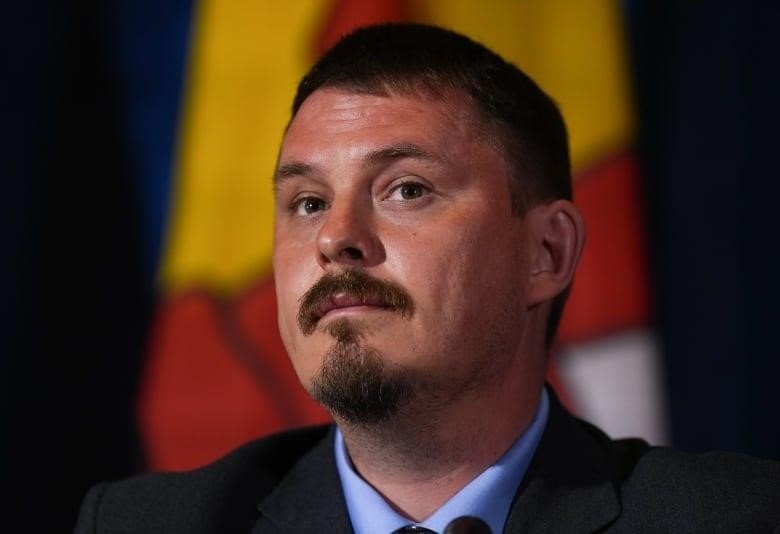
“I hope no one gets very sick because we don’t have much room.
Security in the Arctic is getting more attention now that Russia and China are looking at the area, but leaders in the North say Canada won’t be able to exercise sovereignty if their communities aren’t built up well.
The leaders of the three Northern territories say that the federal government, while aware of the need to improve security in the Arctic, has not put together a plan for building the infrastructure needed to reach that goal.
In an interview, Northwest Territories Premier Caroline Cochrane said that policymakers have been talking more about building up the North, but there aren’t many concrete plans for things like hospitals, telecommunications, airports, and road systems.
Cochrane said that it would be hard for the federal government to reach its goal of making the Arctic safer without these plans and the right funding.
“If people don’t have year-round roads, they can’t get to labor markets or cheap food,” she said. “You need communications so that when they do whatever they’re going to do to secure the Arctic, you have the infrastructure to talk to them.”
She also said, “Health care is where it all begins.” I hope no one gets really sick because we can’t take care of many people.”
In June, the Senate released a report that said “more must be done” by the federal government in the North because of “an ever-changing geopolitical context, rising interest and activity in the Arctic, and climate change.”
The U.S. also changed its Arctic strategy last year in response to Russia’s invasion of Ukraine. The new plan called for more U.S. military presence in the Far North.
“A turning point” is a balloon
Even before its war with Ukraine, Russia came up with an ambitious plan to reaffirm its presence and stake its claim in the Arctic. This plan included building ports and other infrastructure and growing its fleet of icebreakers.
In the meantime, China has called for the creation of a “Polar Silk Road” as part of a plan to take advantage of trade routes that may open up in the Arctic because of climate change.
In February, what looked like a Chinese spy balloon drifted through Canadian and U.S. airspace before being shot down by a U.S. jet. Around the same time, another object with an unknown origin was seen over central Yukon.
In an interview, Yukon Premier Ranj Pillai said that the event was a turning point in the conversation about building up the North, with many policymakers getting back in touch with the territories to talk about building infrastructure.
“When the world really paid attention to what was going on in the Yukon, when all those news outlets came and the federal government was there, I think that was an opportunity for people to really see where the gaps are. And then it turned into a bigger talk.”

But Pillai said that the federal government needs to move faster because housing and other basic needs are so important.
“When you think about how long it takes to build a big project in our country, like a port in Nunavut, the Northwest Territories, or the Yukon, and how many steps it has to go through, and how much time we’re already behind,” Pillai said at the Western Premiers’ Conference in Whistler, British Columbia, last week.
Katharina Koch, a research associate at the University of Calgary and a researcher with the Canadian Northern Corridor Program, says that Cochrane and Pillai’s criticisms of how Ottawa is building up the North are neither surprising nor unjustified.
Koch said that the criticisms were similar to what many people in Northern communities had told her, and Canada does not have an integrated Arctic strategy like the other G7 countries.
Koch said, “This topic of security and protecting Canada’s sovereignty is related to so many other issues.” “One of the first things to do is to make sure that people in the North have access to basic services. It means getting an education, getting health care, and having clean water to drink.”
“This will help Canada reach its goal of establishing security and showing the world that Canada is in charge in the Arctic.”
Koch said that there is a desperate need for improvements to broadband internet access. She said that the “digital divide” makes it hard for the North to grow and be economically viable.
‘Conversation has shifted
On both of these fronts, things have moved forward.
In Yukon and Northwest Territories, workers are putting in place an 800-kilometer fiber-optic cable called the Dempster Fibre Line.In November, Federal Northern Affairs Minister Dan Vandal said that $7 million would be given to help build the Kivalliq Hydro-Fibre Link. This is a multi-purpose connection that will bring renewable energy and high-speed internet to communities in Nunavut through Manitoba.
Premier of Nunavut P.J. Akeeagok said that the project is a good step forward, but that more money is still needed to deal with energy security and climate change in the Arctic.

At the Western Premiers’ Conference, he said, “I think the conversation has changed, but we haven’t yet seen any investment of that size that we need to see from the lens of nation-building.”
Cochrane said that local engagement is a key missing link because Ottawa often doesn’t know what Northern communities need and doesn’t talk to residents to find out.
“I’ve seen too many people from the south come up to the north thinking they know what they’re getting into, only to end up with frostbite, cars stuck in the ice, being lost, and having to be rescued,” she said.
“So, if we’re talking about Arctic safety and Arctic sovereignty, I think the most important thing is that Canada talk to us—that they actually consult with us and hear us, not just listen to us.”
